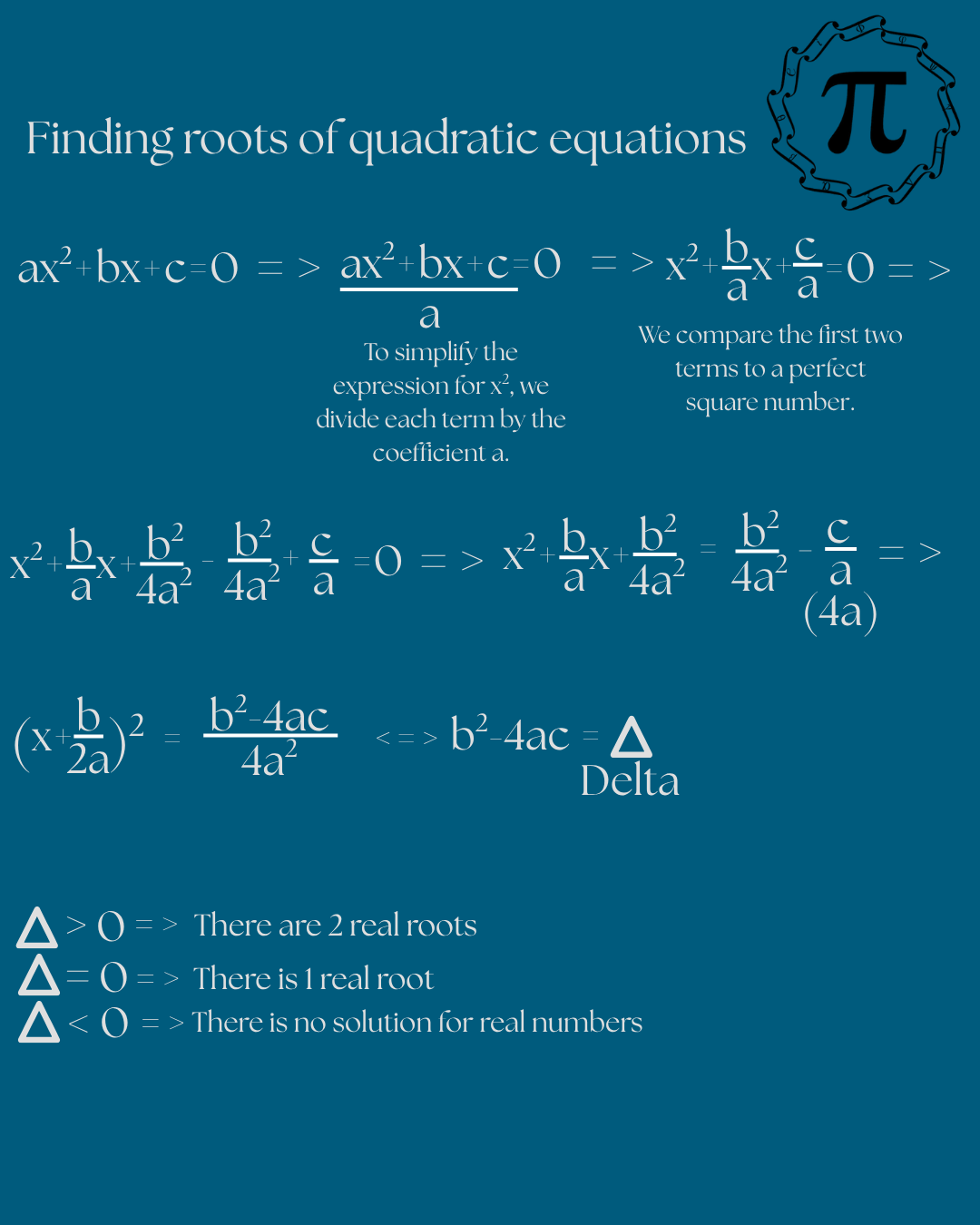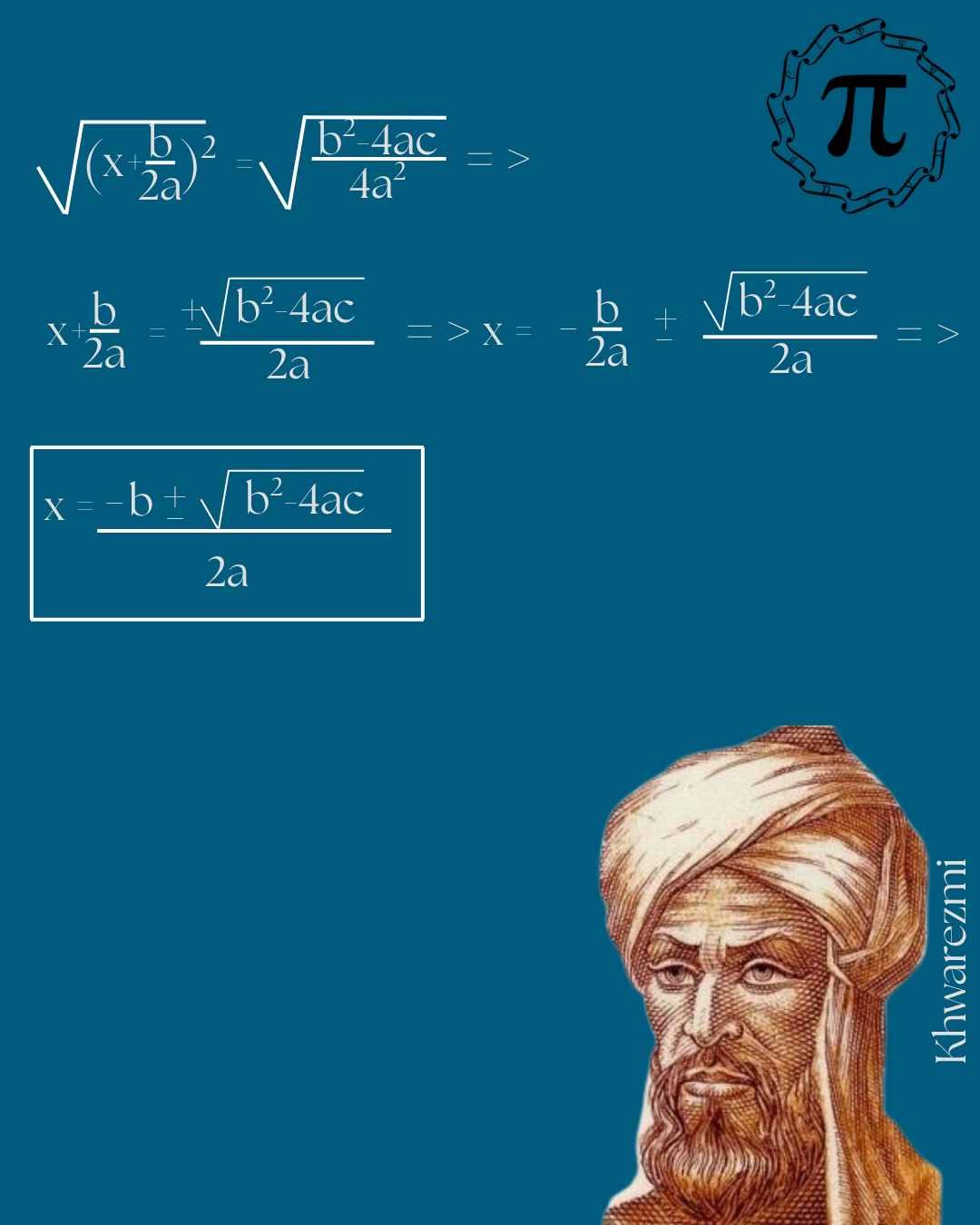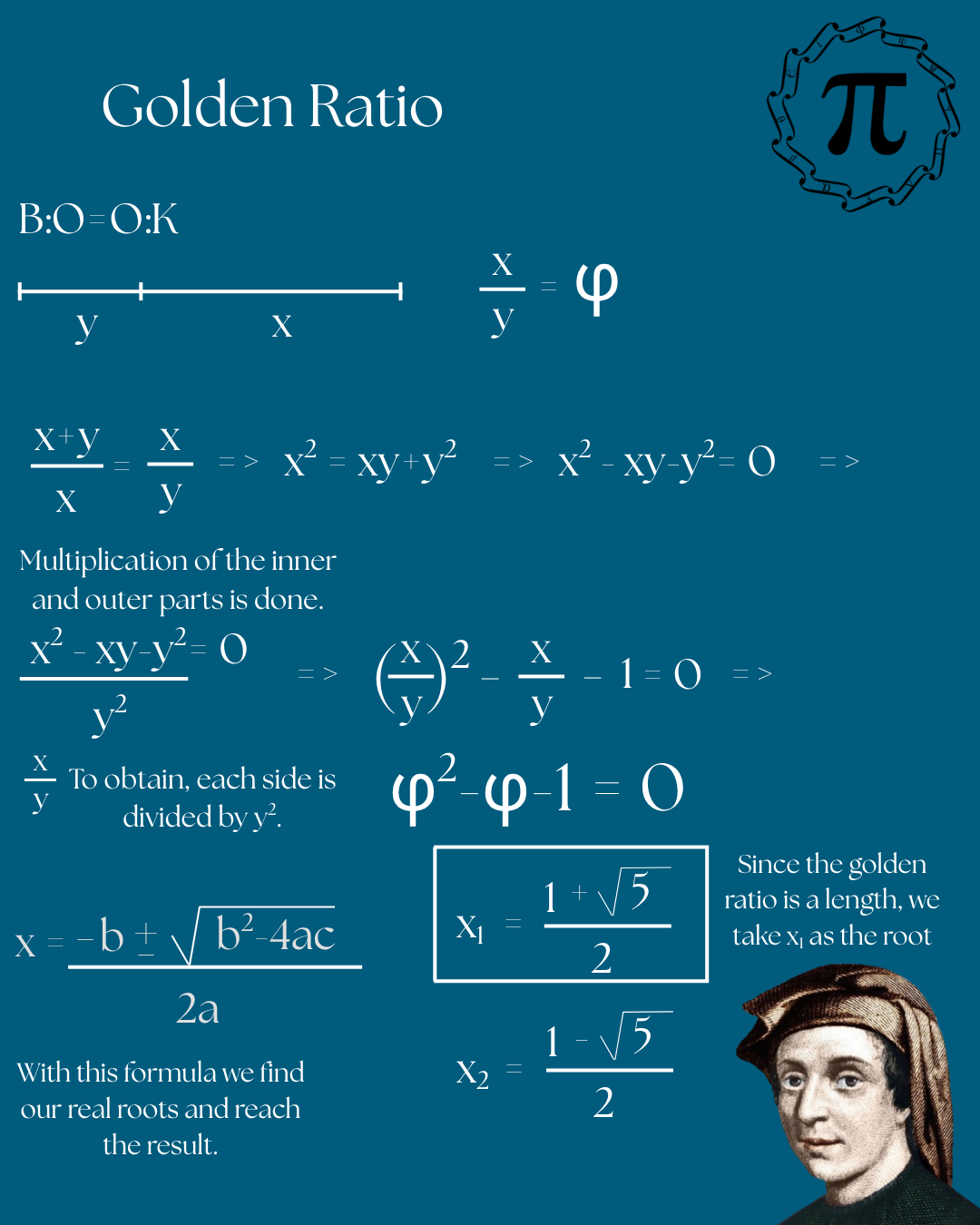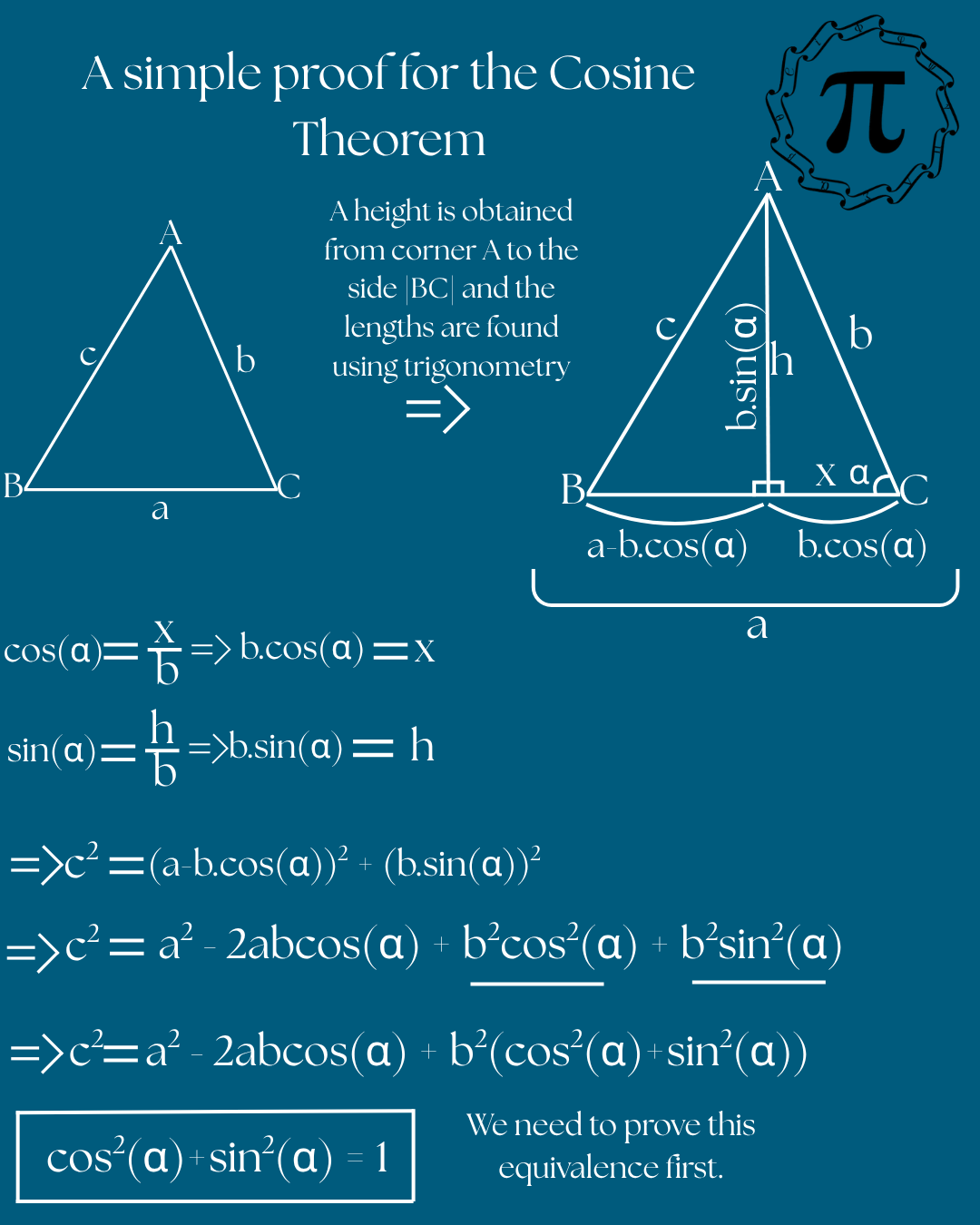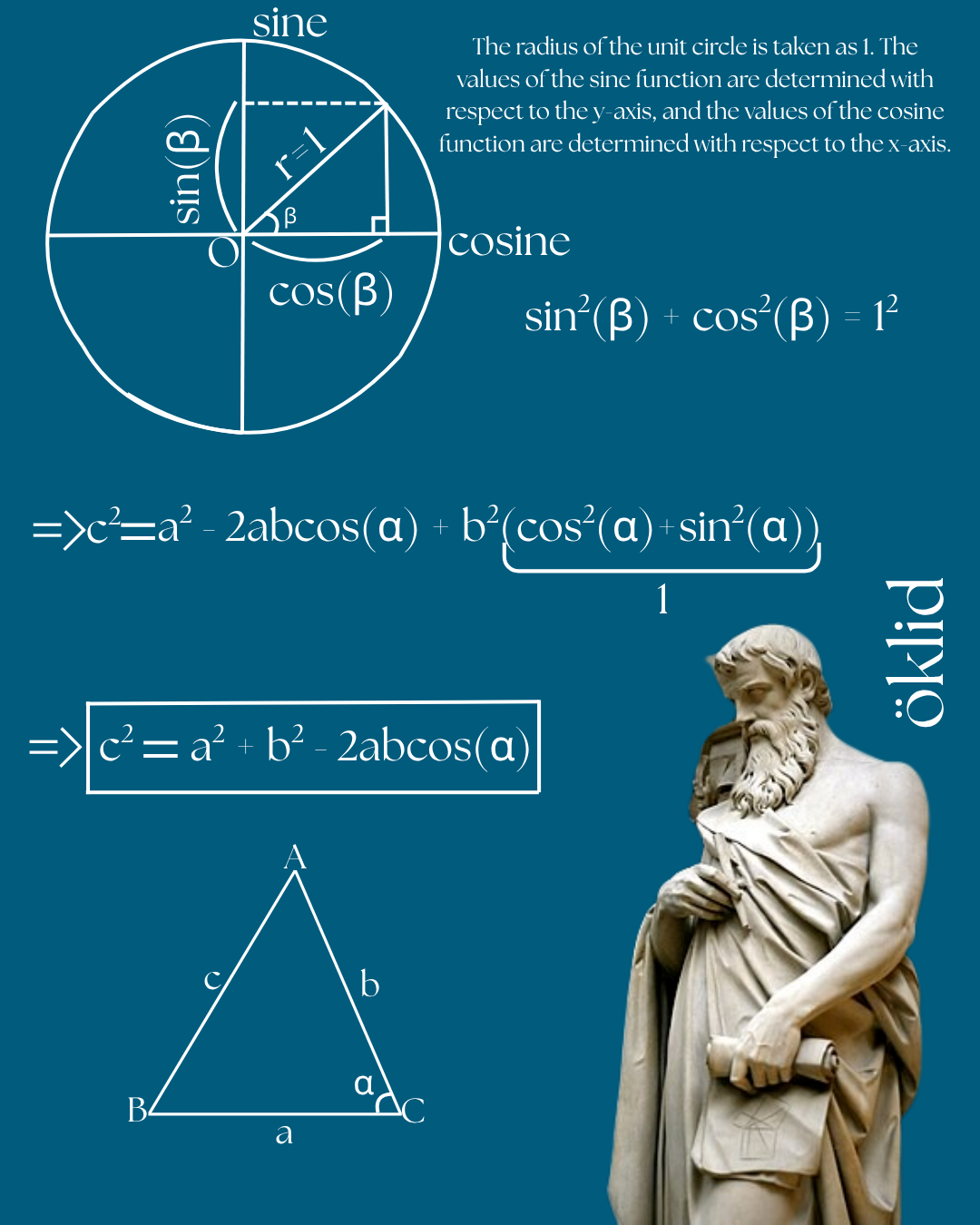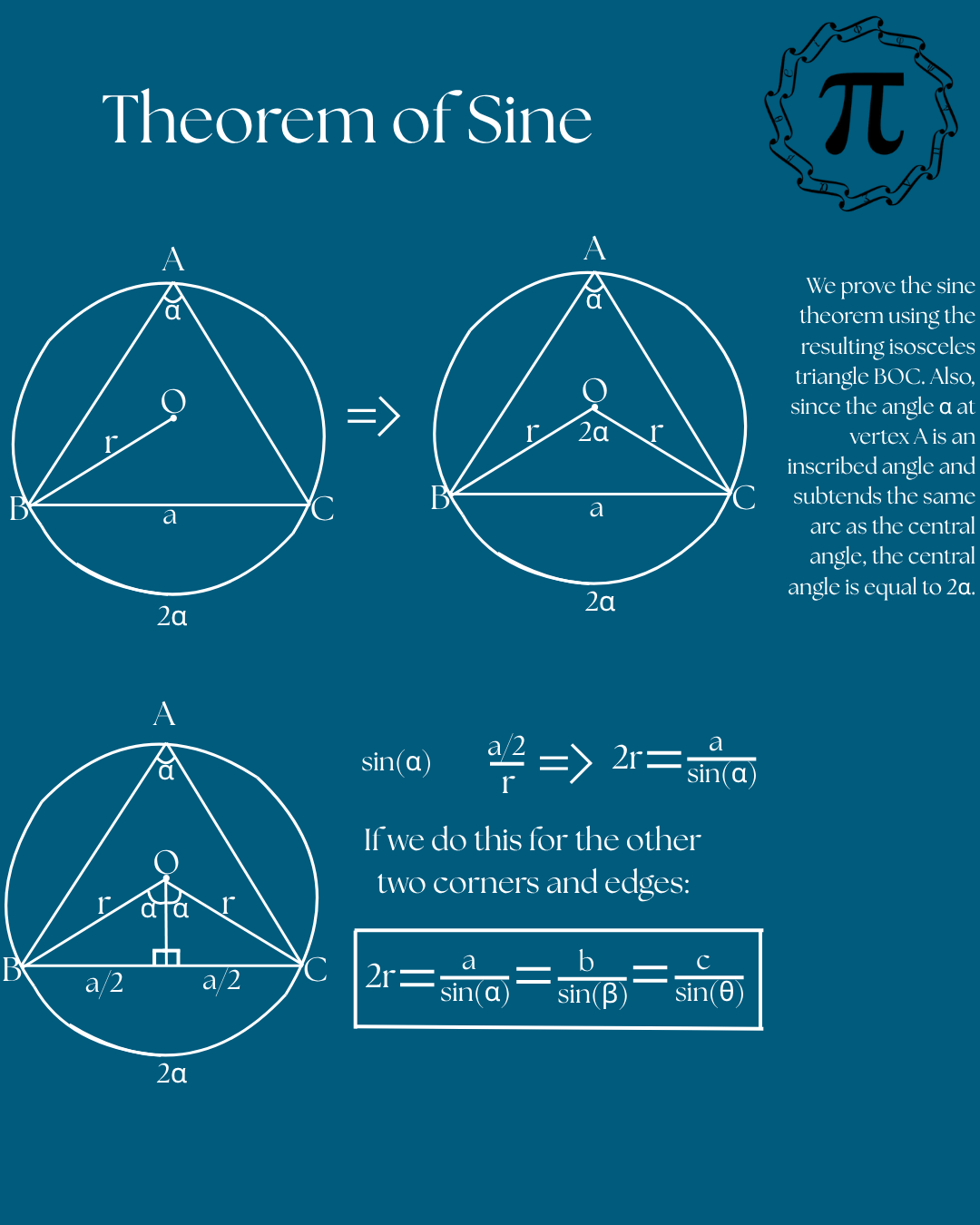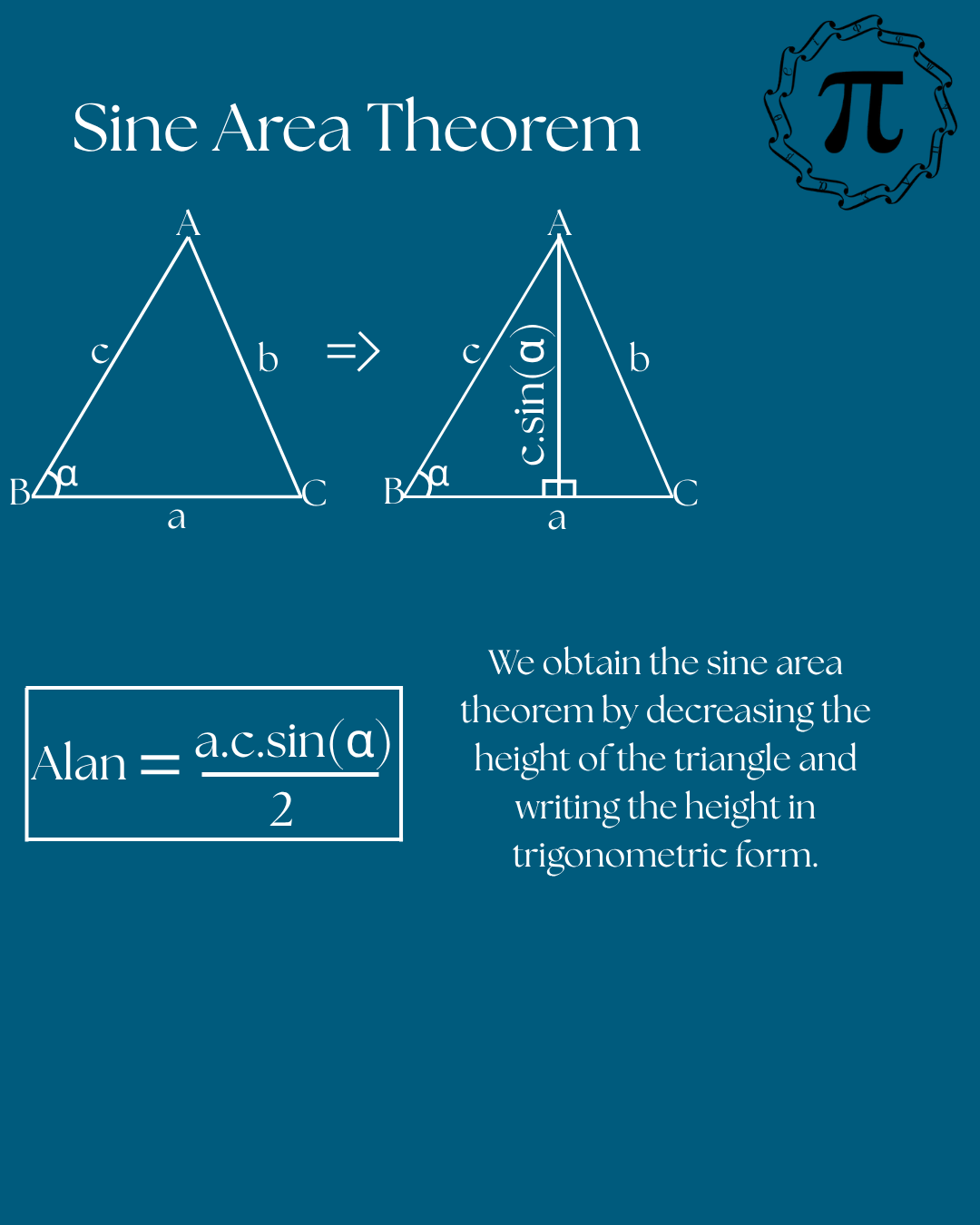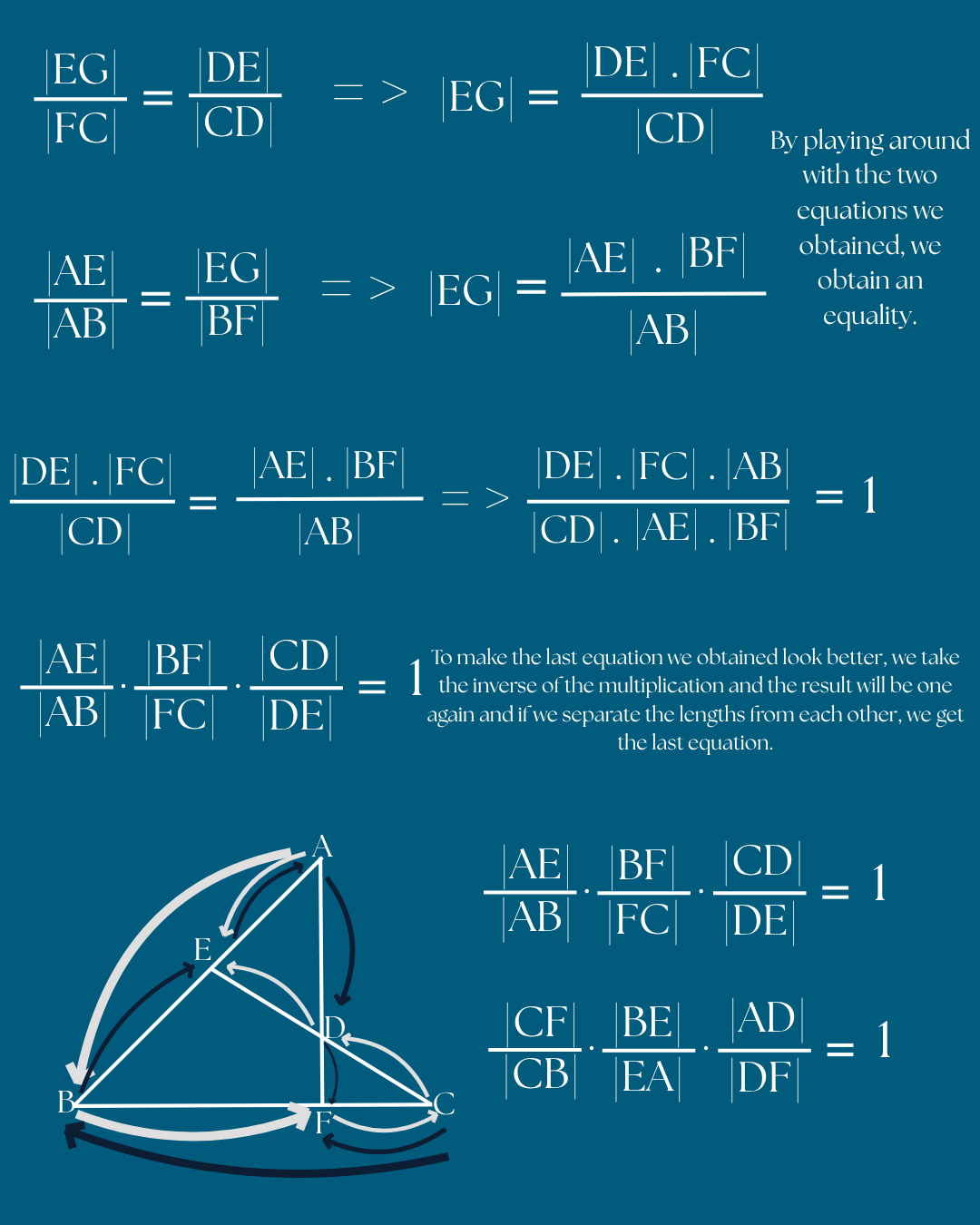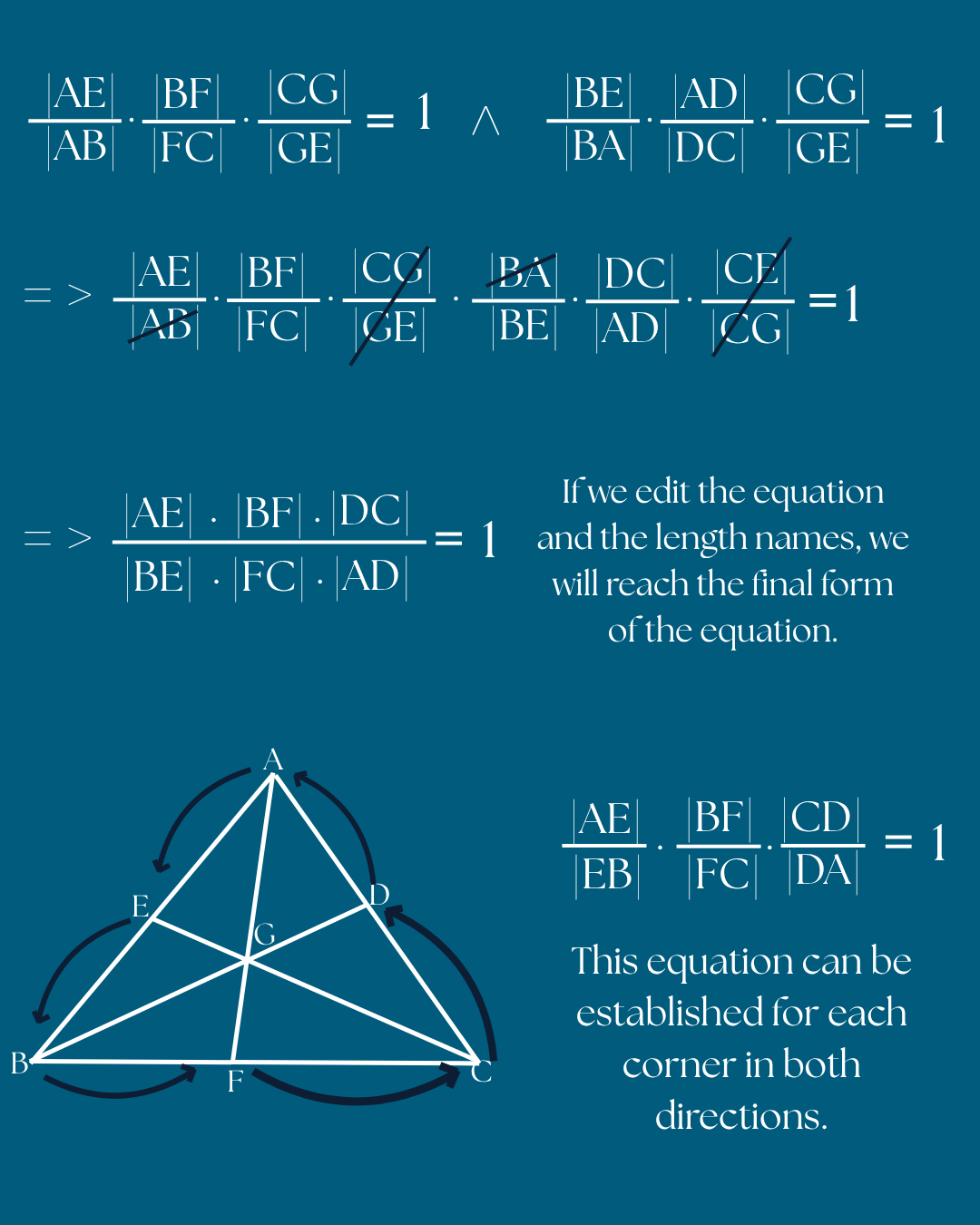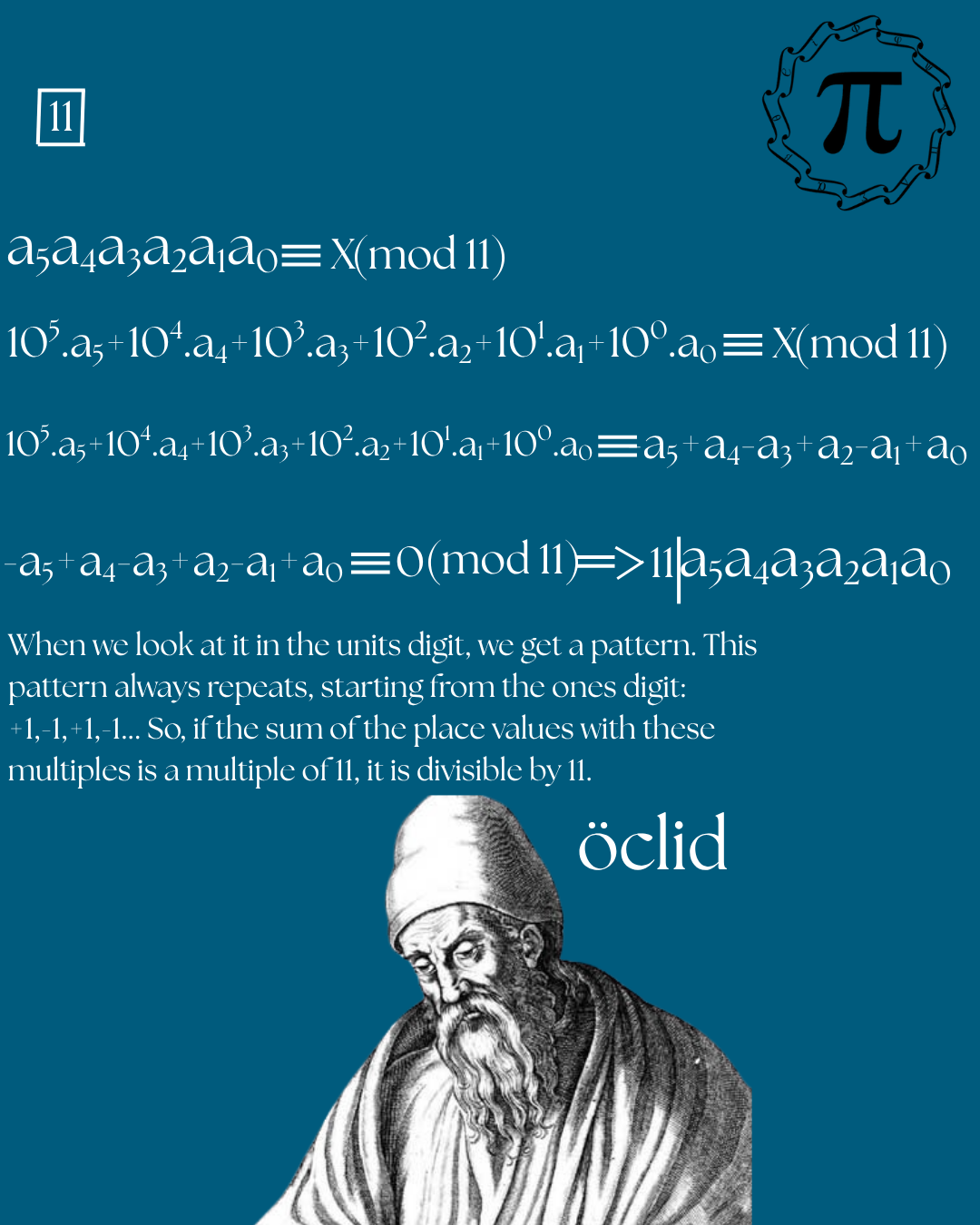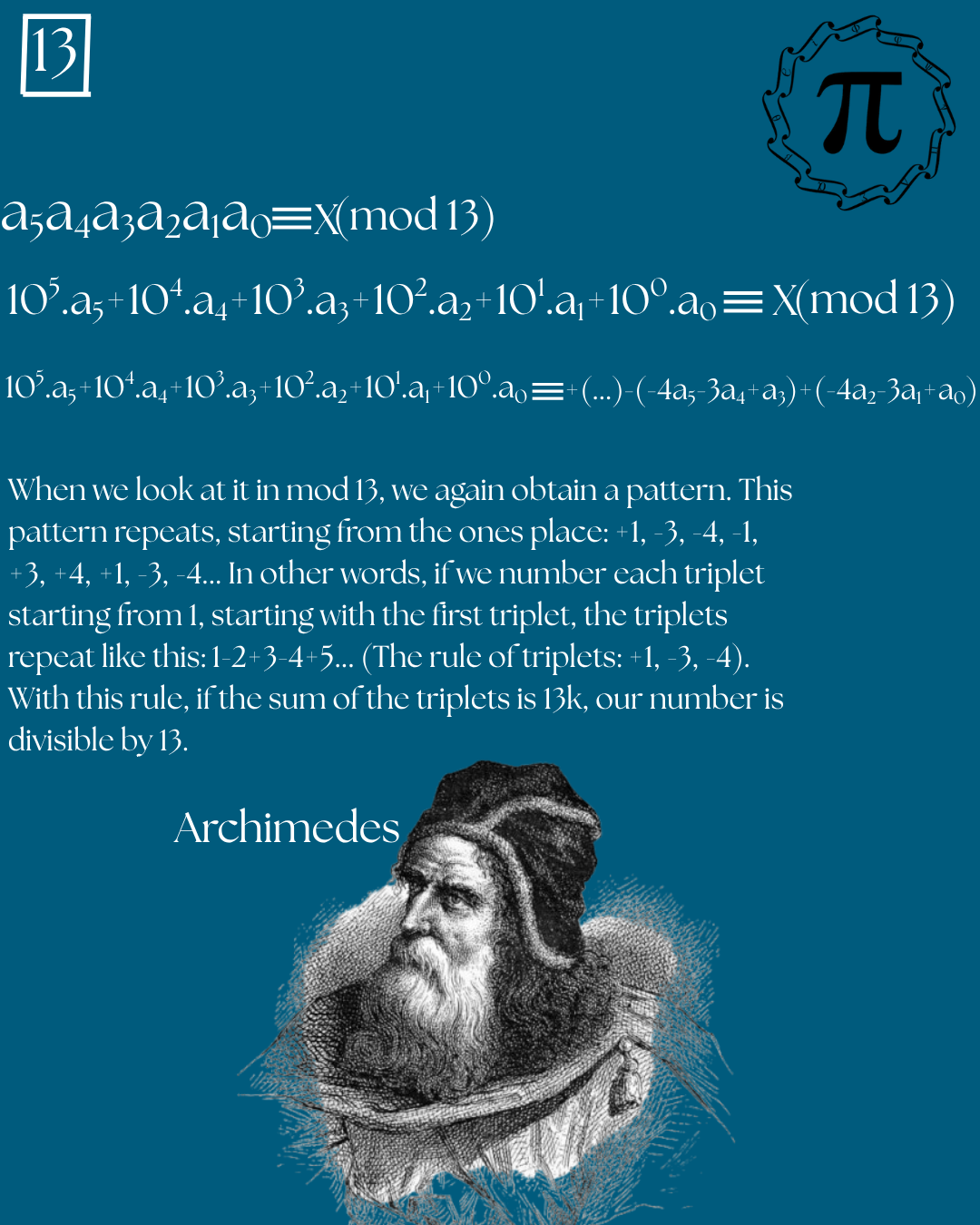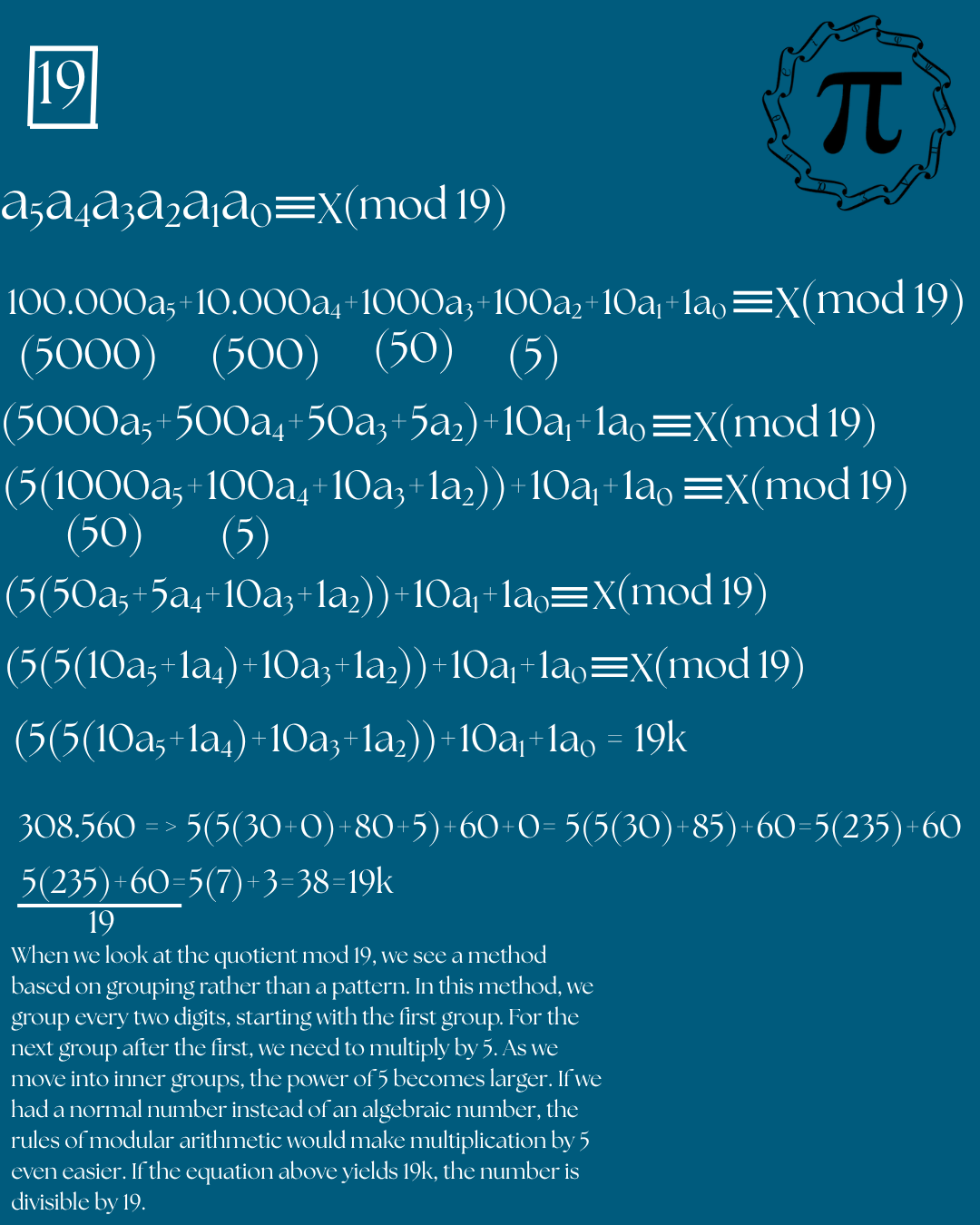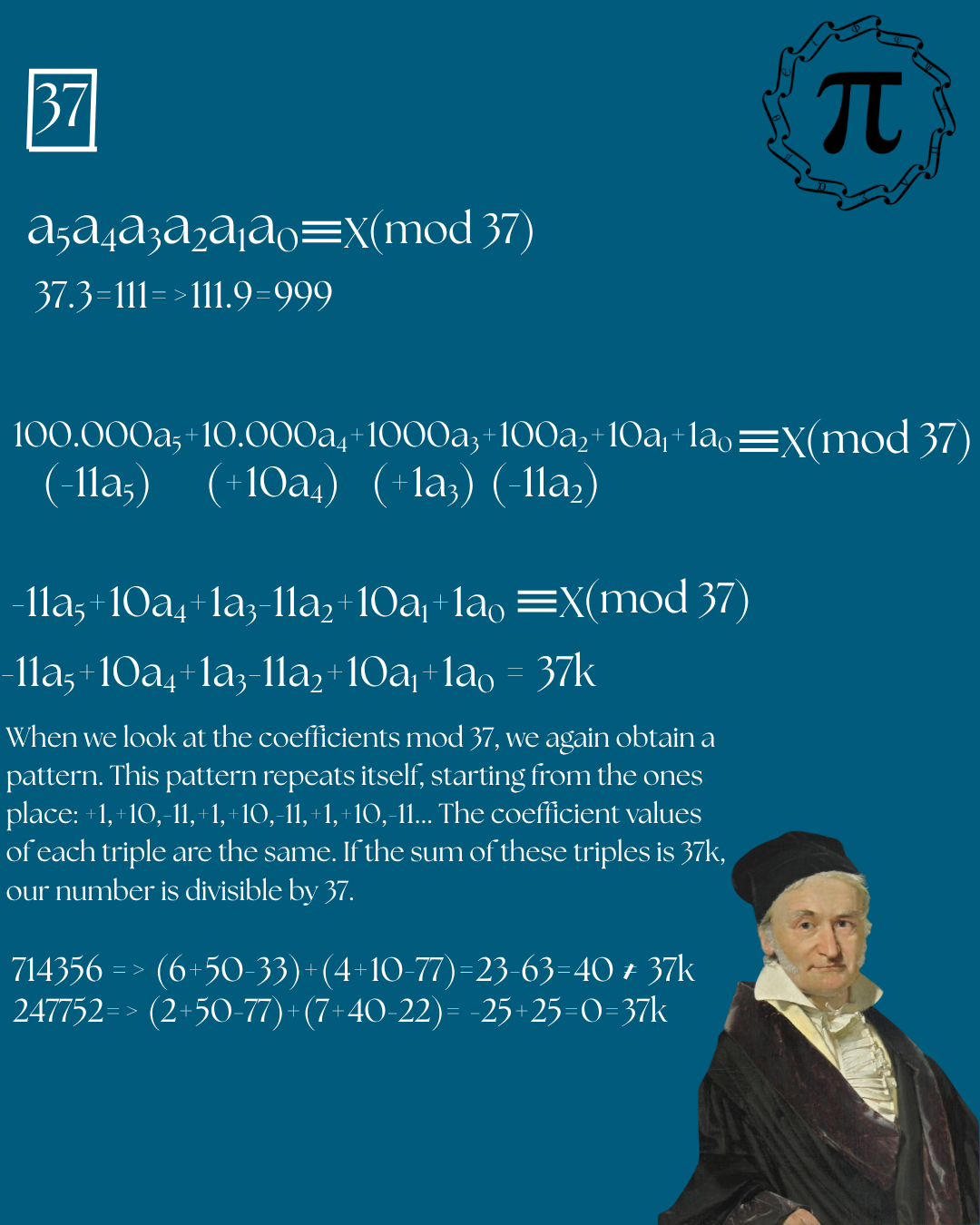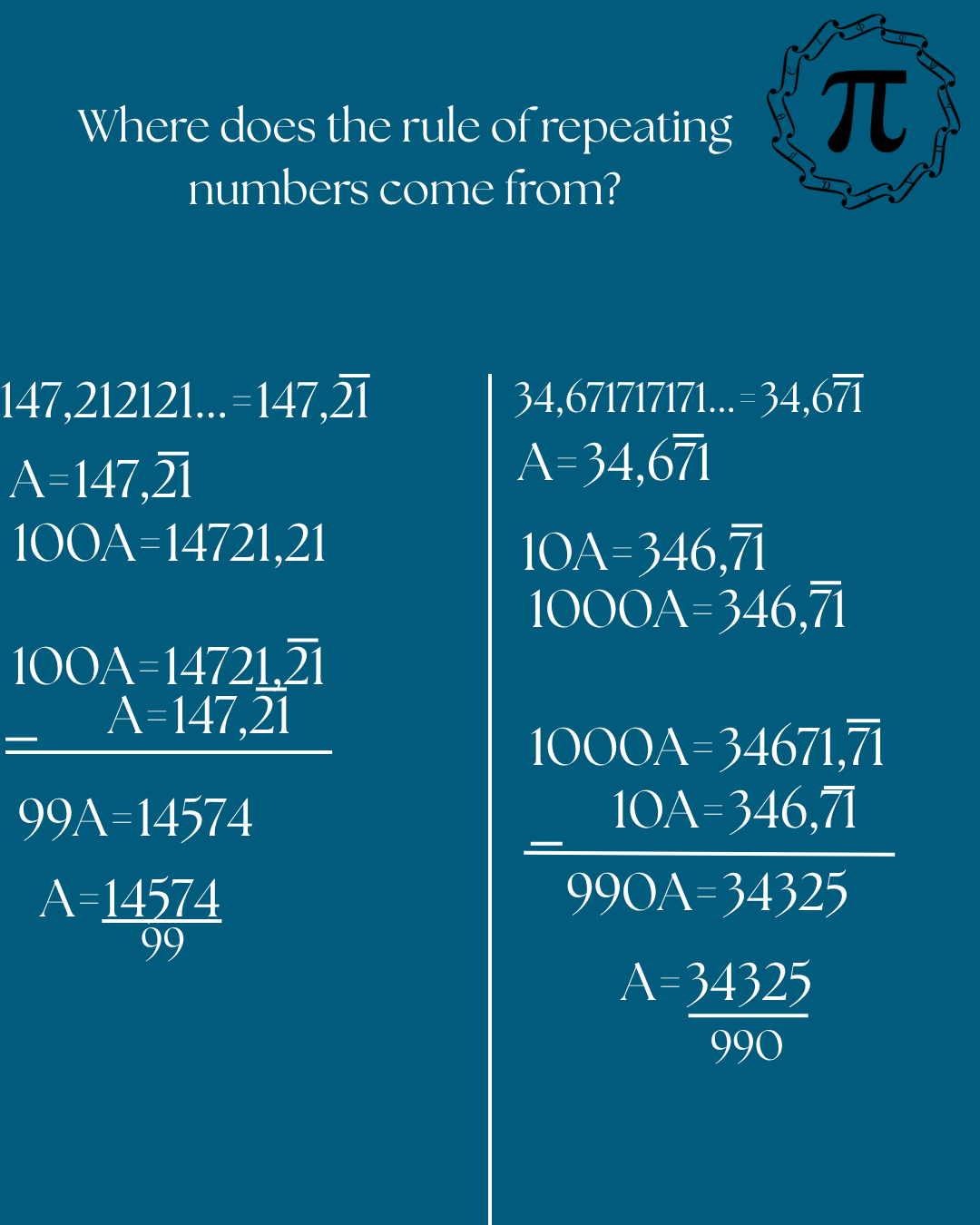Pythagorean Theorem
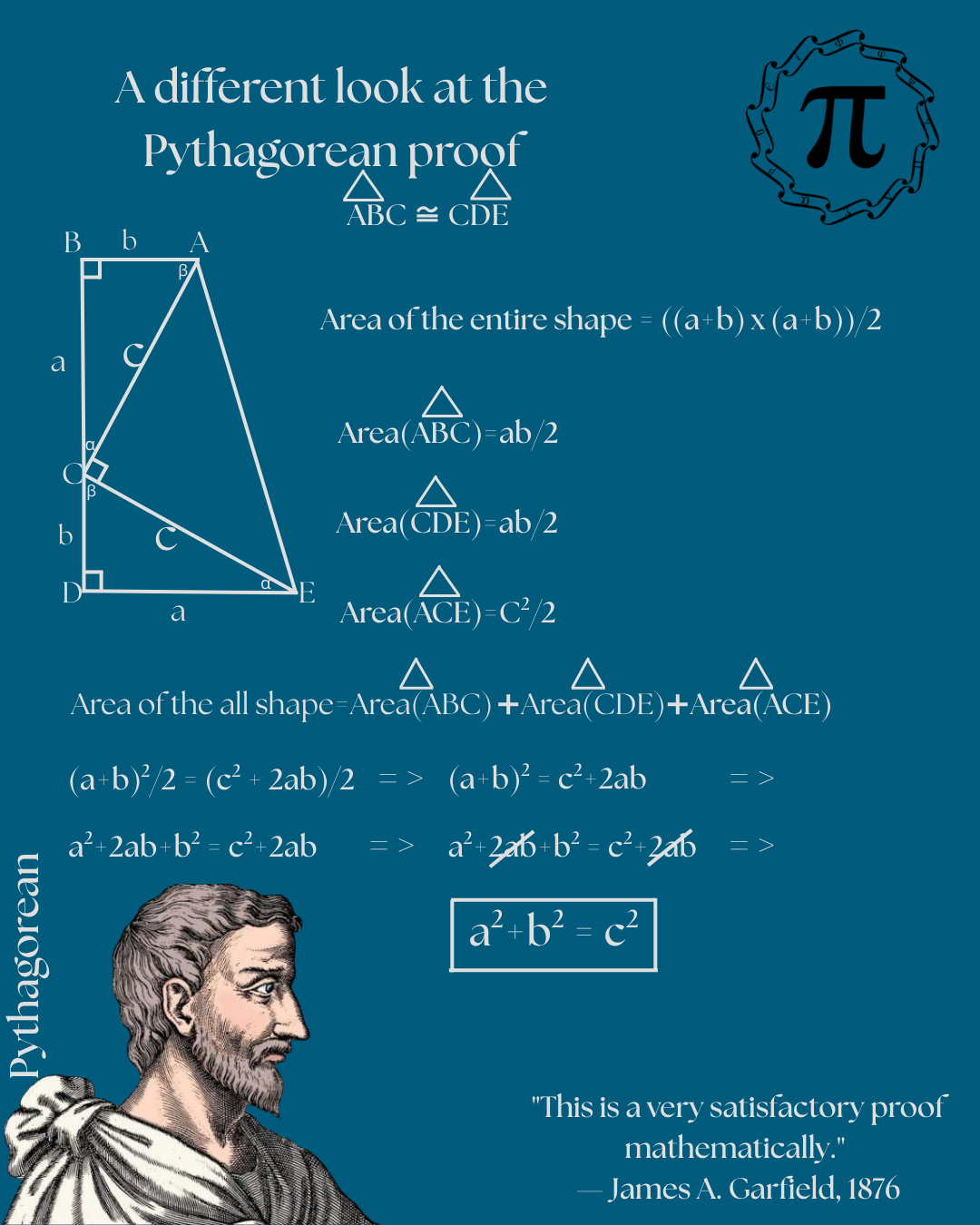
📐 In a right triangle, the square of the hypotenuse equals the sum of the squares of the other two sides:
a² + b² = c²
One of the proofs of this simple yet powerful relation was given in 1876 by then U.S. President James A. Garfield. However, the history of the Pythagorean Theorem goes much further back. 📜
Ancient Egypt, Mesopotamia, China, and India civilizations discovered this relationship before Pythagoras and used it in many fields such as architecture, land surveying, astronomy, and everyday calculations. For example, Babylonian tablets contain numerical examples of this relation, while in China and India, the theorem was approached through geometric and algebraic methods.
With a history going back thousands of years, this theorem remains one of the fundamental pillars of modern mathematics.
